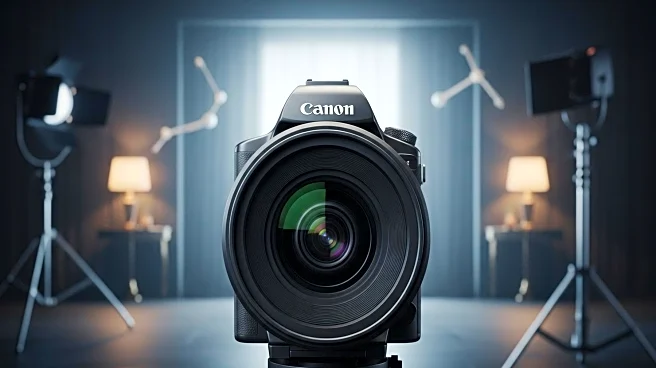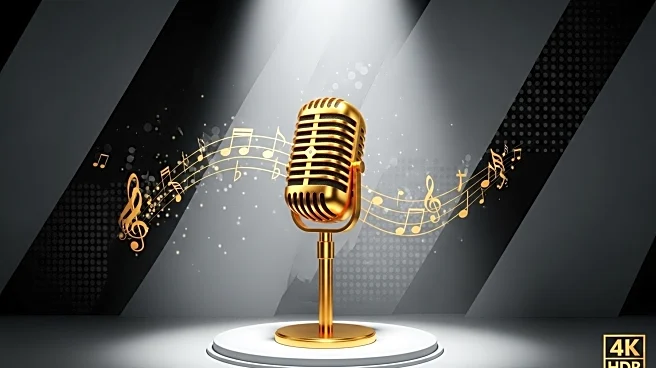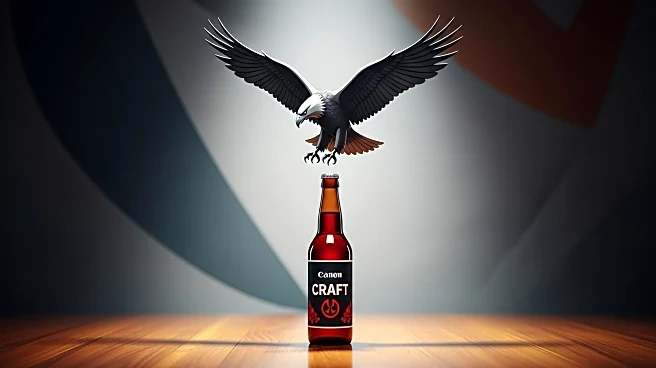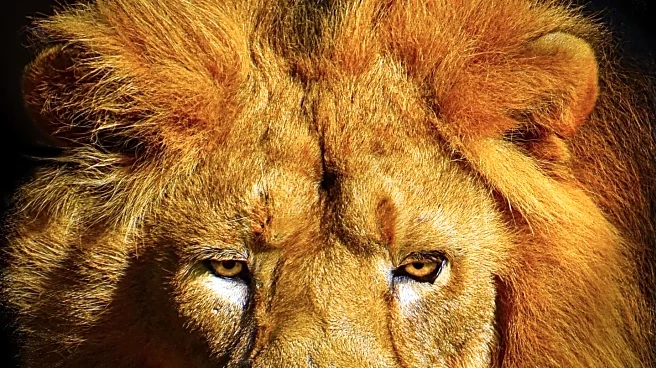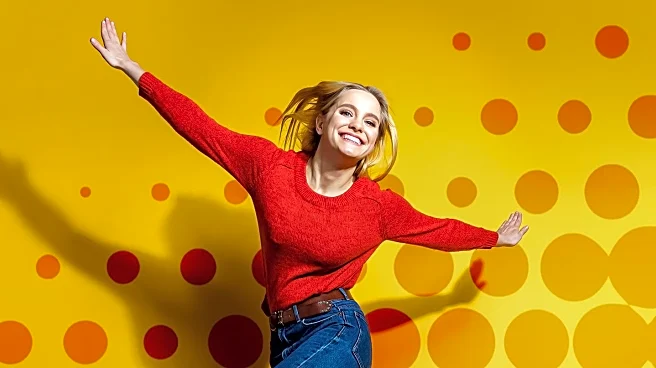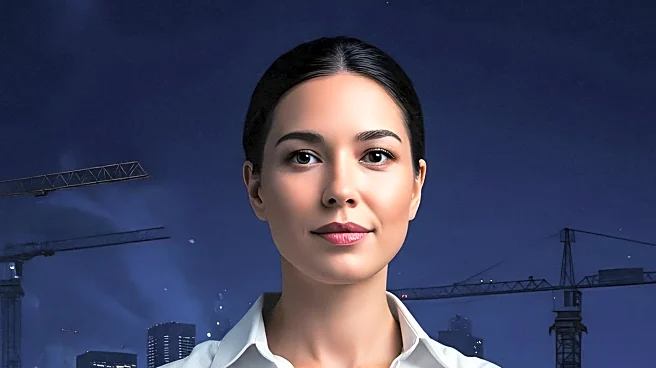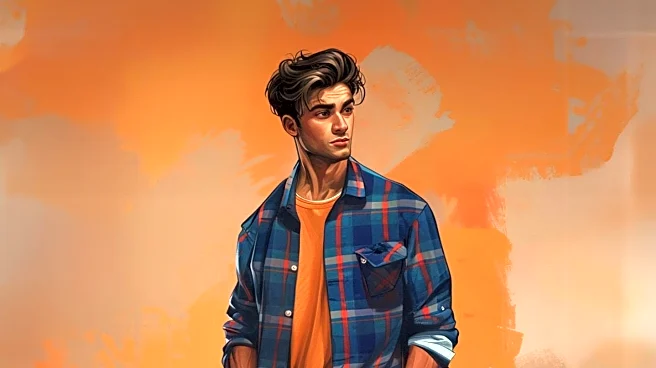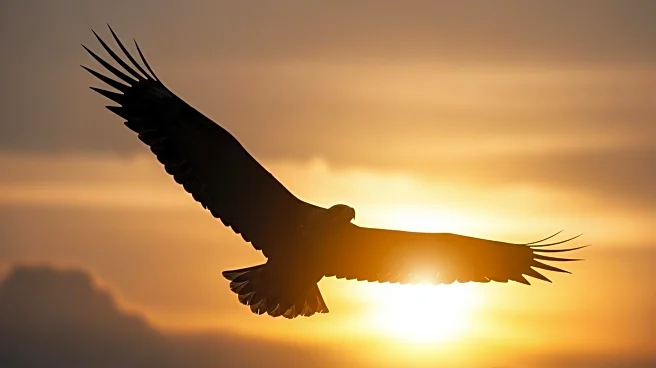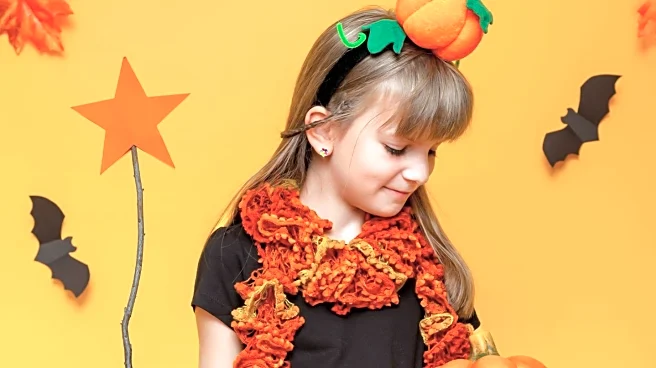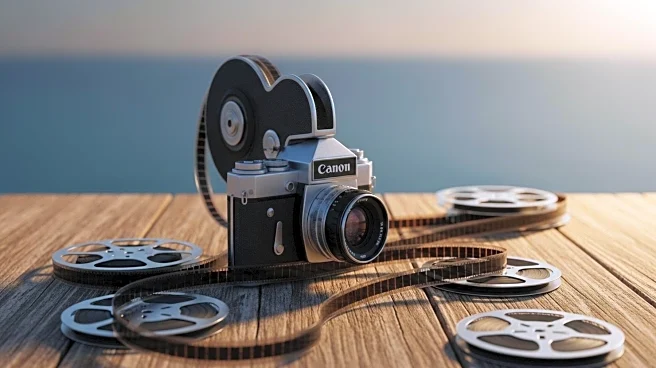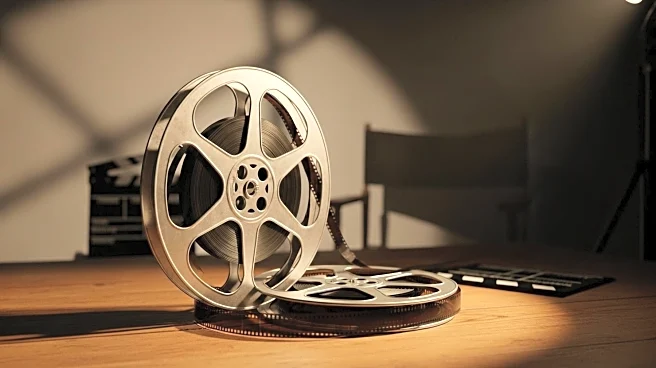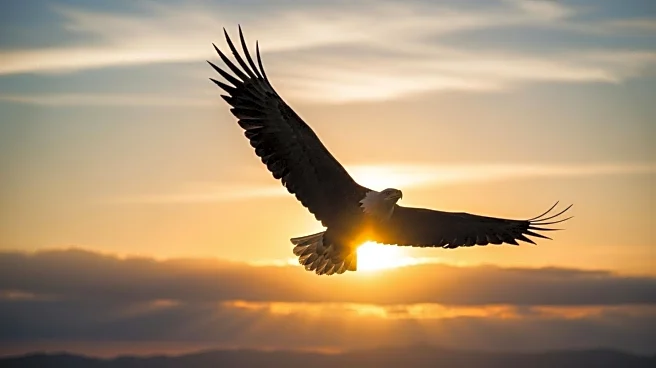What is the story about?
What's Happening?
The concept of the male gaze, a term coined by film critic Laura Mulvey in 1975, has resurfaced prominently in media and advertising, sparking cultural debate. Historically, the male gaze refers to the portrayal of women in media primarily to satisfy heterosexual male viewers, often reducing women to objects rather than active participants. Recent advertising campaigns, such as those by American Eagle and e.l.f. Beauty, have reignited discussions about the male gaze by featuring women in ways that appeal to male desires. This resurgence coincides with broader societal shifts, including political changes and the rise of social media influencers promoting traditional beauty standards. The male gaze's return is seen as a backlash against progress made in gender equality and representation in media, where women had increasingly been portrayed as complex, multidimensional characters.
Why It's Important?
The reemergence of the male gaze in media has significant implications for societal norms and gender roles. It challenges the progress made in diversifying media representation and promoting gender equality. By prioritizing male perspectives, it risks reinforcing outdated stereotypes and limiting the portrayal of women to narrow, objectified roles. This shift can impact public perception, influencing how women are viewed and treated in society. It also affects consumer behavior, as women may gravitate towards brands that offer more inclusive and empowering representations. The male gaze's prevalence in media underscores the need for continued advocacy for diverse storytelling that reflects the complexity of women's experiences and challenges traditional gender norms.
What's Next?
The ongoing debate over the male gaze in media is likely to continue, with stakeholders from various sectors weighing in. Advertisers and media companies may face pressure to reconsider their strategies and embrace more inclusive representations. Advocacy groups and consumers may push for greater accountability and demand content that reflects diverse perspectives. Additionally, the conversation around the male gaze may influence future media productions, encouraging creators to explore alternative narratives that empower women and challenge traditional gender roles. As the cultural landscape evolves, the media industry may need to adapt to changing expectations and prioritize storytelling that resonates with a broader audience.
Beyond the Headlines
The resurgence of the male gaze in media highlights deeper cultural and ethical issues. It raises questions about the power dynamics in storytelling and the role of media in shaping societal norms. The male gaze's influence extends beyond entertainment, affecting industries such as fashion, advertising, and social media. It also intersects with broader discussions on gender equality, body image, and representation. As media continues to play a pivotal role in shaping public perception, the challenge lies in balancing commercial interests with ethical considerations and fostering a media environment that celebrates diversity and empowers all individuals.
AI Generated Content
Do you find this article useful?
